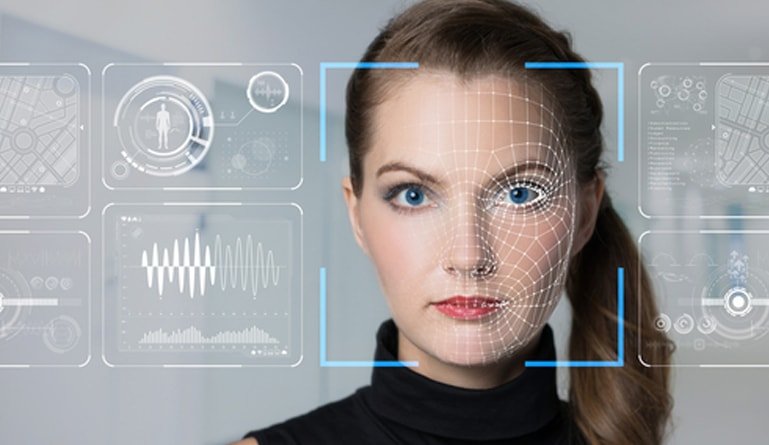
Artificial intelligence holds the key to improve the accuracy of medical diagnostics. Researchers have found a way to use AI algorithms to identify rare diseases.
Toronto University researchers have found a way to train Artificial Intelligence to identify rare diseases through x-ray analysis. That’s revolutionary by its own right, but the way they are doing it is the most unique in this case.
“We are creating simulated X-Rays that reflect certain rare conditions so that we have a sufficiently large database to train the neural networks to identify these conditions in other X-Rays,” said professor Shahrokh Valaee of the Department of Electrical & Computer Engineering (ECE) of the University of Toronto (UT) in a press release. “In a sense, we are using machine learning to do machine learning,” he said.
Valaee and his team are using an AI technique that enables them to generate and improve the simulated images by generating them in two networks, one that generates the image itself and other that try to discriminate the synthetic image from a real one. This process is called Generative Adversarial Networks, or GANs.
The UT researchers said that the networks are right now trained to such a point that the discriminator cannot differentiate real images from synthesized ones due its accuracy. Once a significant number of artificial X-rays are created, they are combined with real ones, helping the system to train a “deep convolutional neural network” that classifies the images as “normal” or with a “condition.” That’s how this researcher had used the AI to help train AI to improve the accuracy of diagnosis.
“AI has the potential to help in a myriad of ways in the field of medicine. But to do this we need a lot of data – the thousands of labeled images we need to make these systems work just don’t exist for some rare conditions,” says the professor Valaee.
The possible applications for this type of procedure are huge. Just in cancer diagnosis, AI has proven his value, as the American Cancer Society has recognized that the use of AI has enabled physicians to review and translate mammograms 30 times faster with a 99% accuracy, reducing with that unnecessary biopsies.
The UT’s ECE has found that its AI system classification’s accuracy “improved by 20 percent for common conditions” and “for some rare conditions, accuracy improved up to about 40 percent.”
They also highlight the fact that this dataset could be available quickly to researchers outside hospital premises without violating privacy concerns due the synthesized X-rays are not from real persons.



